Sleeping lets you rest and re-energize. For a comfortable sleep that makes you truly well-rested, your environment must meet the following criteria: a well-ventilated room, a wide bed space, a balanced room temperature, soft and cushiony pillows, and most importantly, a high-quality mattress.
Your childhood nighttime routine wouldn’t be complete without the words “Sleep tight! Don’t let the bed bugs bite!” being spoken right before you hit the hay. It may be a bit entertaining because of its rhyming pattern, but it rings true as a cautionary statement.
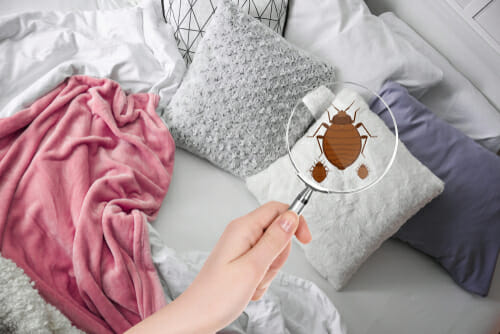
Mattresses are strong cloth covers filled with firm material that makes the bed comfortable to lie on. You may wonder what makes a great mattress, but it’s not that hard to look for one! It’s important to know its types and what makes each type good for you.
- Memory Foam Mattress: Fairly common in households is the foam mattress made from polyurethane, latex, or a combination of both. Its defining characteristic is its ability to mold your body’s shape and return to its original form.
- Innerspring Mattress: With steel coils as a primary component, it comes in hybrid varieties with special layers of cushioning or additional foam layers right on top of the springs that make it the bouncy kind.
- Air Mattress: The adjustable type uses an air pump to inflate its form according to your desired firmness. Some air pumps are electric, and some are manual, depending on the type of air mattress.
Comfort and quality may be the keywords in choosing a foam mattress, but all those great features can be downplayed by a dreaded companion: bed bugs—which you must avoid at all costs!
Bed Bugs. Yikes.
Bed bugs are those reddish or brown parasitic insects that feed on human blood and prey on an exposed human or animal skin. Identifying bed bugs is a bit of a challenge, especially as they are very small in size and like to stay hidden.
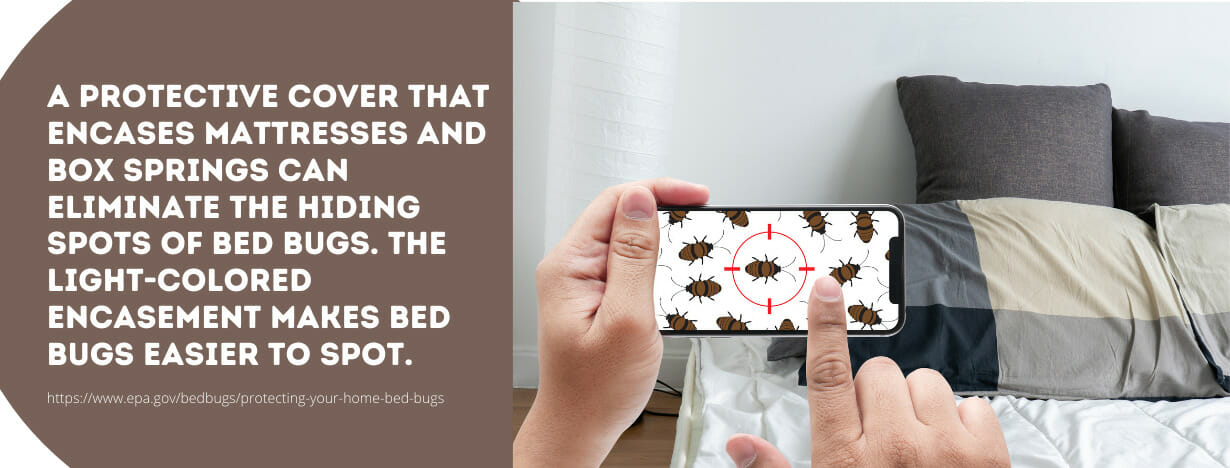
Knowing their life forms can help you identify bed bugs as soon as you spot them. They start as tiny, pearl-white eggs. After five days in this stage, they grow to a pinhead size before transforming into nymphs or young bed bugs with white to yellowish color and are generally translucent.
During their last stage, bed bugs grow into oval-shaped bodied insects that become elongated once they start to feed. A typical bed bug feeding frenzy usually lasts every 5 to 10 days. But once their survival mode is on, they can last up to a whole year without feeding! They don’t always transmit illnesses, but they still pose a threat to the public as nuisances.
Are You Sharing Your Bed With A Bug?
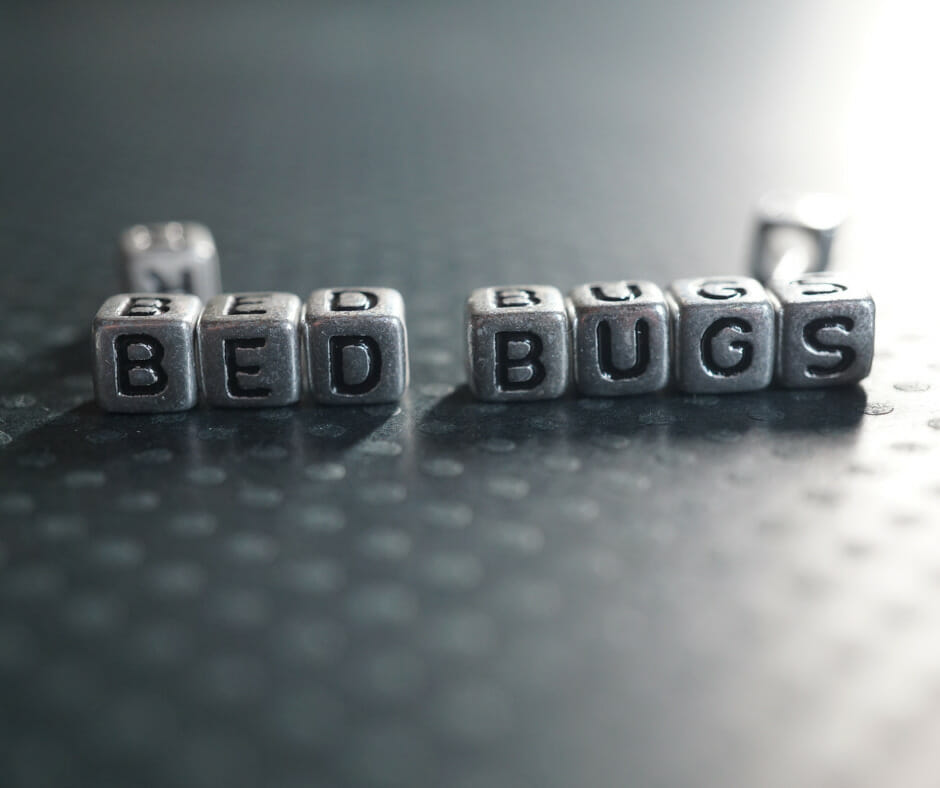
Bed bugs live in nooks and crannies of bed frames, crevices in foam materials, spring boxes inside mattresses, headboards, or pillow spaces. They are practically everywhere, from constantly disinfected hospital cots to luxury hotel beds! They tend to “hitchhike” to get from one place to another. Once bed bugs infest a household, it can be a real challenge in cost and getting rid of them.
You might wonder how bed bugs start to share a bed with you. They usually start to infest in used or old pieces of furniture and spread from there. They can also get on areas in your bags, luggage, backpacks, or other items placed on surfaces with upholstery. What makes them worse is they know how to travel between different buildings, apartment complexes, and room units without the effort of flying. Their favorite spot is the bedroom, as this is where they can be in contact with your exposed skin, hide from plain sight, and set up a feeding station right under where you sleep.
A 2018 National Pest Management Association survey revealed the top three places to find the most bed bugs reported by pest control professionals: single-family homes (91%), apartments/condominiums (89%), and lastly, hotels/motels (68%). Similarly, another study concluded that the most commonly reported sign of an infestation is bug bites in human bodies (92%), and more than half of people seek treatment after finding bites and blood spots on their bodies. With so much prevalence and increase in infestation, this pest problem has always been a recurring issue since the beginning of urban improvement.
Your Mattress and Bed Bugs: Making the Connection
The perfect mattress is a must for a restful nap but ensuring a bug-free sleep is a completely different story! Did you know that your mattress material can cause or help avoid a bed bug problem? Here’s how:
- Foam Mattresses have a solid layer of foam as this comprises the full body of the mattress itself. However, keep in mind that overlaps two or more foam mattresses can create a space for bed bugs to spread and proliferate. If you prefer stacking 2 or 3 foam mattresses, don’t forget to cover all the layers with one big protective sheet. Great sheet covers can be purchased easily in home stores and can offer great durability in holding stacked mattresses.
- An Innerspring Mattress has coil springs that open up more spaces within the mattress itself. More space means that more bugs can linger and stay inside, increasing the chances of more bed bug bites while you sleep. Do regular checks on your bed seams, box springs, and furniture near the bed area. Vacuum these areas regularly as well to avoid infestation.
- The Air Mattress holds the biggest bed bug risk among the three mattress types because the space within it is an ideal hiding place for the pest. If you rather go with this type of mattress, always keep in mind its all-around seams, padding, and air pump as well to check any signs of bugs.
Keep Your Mattress Spotless!
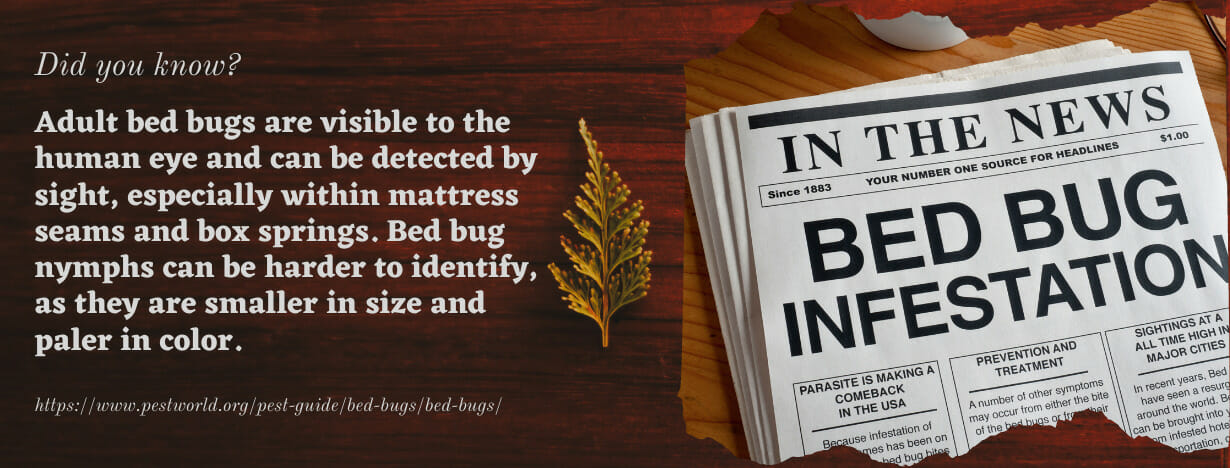
It goes beyond having the right type of mattress to ensure a bug-free sleep; knowing how to keep them clean is just as important! Cleaning your mattress shouldn’t be hard; you can always use the regular tools and cleaning materials in your home.
Below are some preventive ways to avoid bed bugs and make your mattress clean and safe:
- Second-hand mattresses aren’t as clean as they appear to be, so double-check for signs of bug infestation. Look for any cracks, crevices, or openings that can open up spaces for bed bugs to inhabit the material.
- To remove any secret hiding spots, using a protective cover is a top priority for mattresses. Make sure to get a durable, top-quality mattress cover to seal holes and resist tearing. Choose the products that underwent a pesticide pre-treatment.
- A vacuum is a great tool in removing any bed bugs that have hitchhiked from different sources. Handy vacuums, particularly the cordless and portable ones, make it easy to reach the mattresses’ inner corners.
- Keep your space, including your mattress, clutter-free to avoid bed bugs and make your bedroom bright and tidy.
- Take time to do the laundry for your bedding. Use a laundry soap with active ingredients to eliminate any dirt traces that could invite a bed bug infestation. Use hot water in washing and rinsing your bedsheets, and dry them on high heat. When using shared laundry services, transport your beddings using a new plastic bag and prefer to fold your clothes once you have arrived home to avoid contamination in the shared laundry space.
- If you can afford one, buy a portable heating chamber to treat beddings and other furniture conveniently.
DIY: Non-chemical Bug Management
In terms of treatment, there are a variety of ways of dealing with such pesky bugs. If you want to look for some non-chemical bed bug management, then the following list can be of big help to you:
- Clutter removal is one of the easiest ways to eliminate the bed bug situation in your home. Those piles of clutter, including storage boxes, unused and soiled clothes, stuffed animals, old books, and anything that can create more hiding spaces for bugs, need to go!
- Check your cabinets and drawers, and make sure to empty them. Remember to put infected items inside a plastic bag and seal it tightly.
- Go through your closet and segregate clothes, bags, and shoes. Check those you want to keep. Check and clean thoroughly before putting back into the storage area.
- Throw items that are no longer used, such as old magazines, rugged newspapers, and broken electrical equipment, straight to the trash.
- Dissolvable laundry bags might sound new to you, but yes, they are a thing and can be bought in home stores or household depots. They can be easily dissolved in the washer and are intended to enhance infestation control, especially among bed bugs. Once you have purchased these, put your clothes inside the bags, toss them in the washer with your laundry detergent, and they are all good to go.
- Vacuuming is one of the most common bed bug control techniques. One of its great strengths is making your inspections so much quicker and easier. In dealing with proliferated infestations and large bed bug harborages, such insects’ debris is also present, including their hatched eggshells, molted skins, and bug wastes. You might have a difficult time identifying the areas with or without live bed bugs. That is why using a powerful vacuum cleaner can solve this problem for you with minimal effort. One sweep of this sturdy machine is all you need, and you will be able to remove all live bugs and their debris in one go. Of course, always keep in mind to throw away the infested vacuum bag, seal it tightly in a new plastic sheet, and discard it properly.
- Steaming is also effective! Bed bugs hate very high temperatures as they are easily killed in high heat. It is reported that their thermal death point is 114 – 115 degrees. In using heat, you can take advantage of putting your infested clothes in a hot dryer. This process doesn’t just kill the live bed bugs but will also destroy their eggs as well. Another tip is by using a steamer and using this as the main treatment for steaming items such as mattresses, furniture, floorings, cabinets, and the likes. Steaming usually involves a long process to kill bed bugs and can’t eliminate infestations on their own.
- The mattress encasement is not your ordinary bed cover. Bed bugs easily infest into basic bed covers, penetrate the insides of your beddings, and eventually spread deep within your mattress. The encasement is to protect and seal your mattress so that they can never get through or try to bite their way inside. Keep in mind that the mattress encasement should be placed on both the spaces of your mattress and boxspring. Missing to position this on both parts of your bed can open an opportunity for the bed bugs to spread. Remember that the area inside where the boxspring is located is one of the hub spots of bed bugs to station their eggs. This area is often difficult to treat, so make sure to encase the box spring as much as possible. Zippers are also very helpful in securing the encasements, so make sure to zip all sides completely.
More Practical Ways to Get Rid of Those Bothersome Bugs
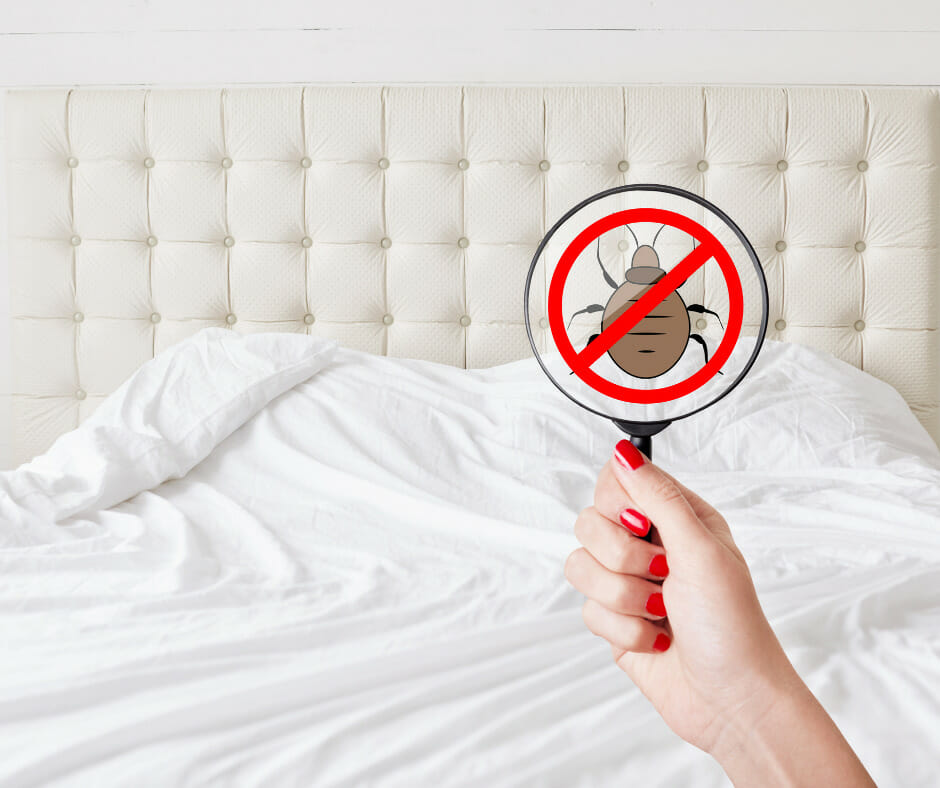
Before seeking professional help, do some do-it-yourself pest control hacks to save on cost. However, this will require some effort on your part, and other external factors can increase your chances of successfully exterminating any infestation.
Some factors that can greatly affect your DIY bug removal strategy include how much bed bug infestation you currently have, the number of spaces present that pose as hiding places for the bugs, nearby houses or units that might also have an infestation, and how willing are your housemates to help in cleaning out the bed bug problem.
To begin your own personal exterminating, you will need to strategize:
- Identify the problem in your household. Collecting a sample of some bugs in your area and showing this to an insect expert or pest agent can help you confirm if the bugs in your home are indeed bed bugs. Once they can confirm that it is indeed a bed bug, make sure to do a survey around the inside and outside the house to find any spread of an infestation.
- If you live in a shared complex such as an apartment unit or condominium, report the situation to the landlord. The landlord is expected to take the right steps in keeping the spaces as safe as possible.
- Keep a record of your activities in solving the problem and follow a schedule or create a calendar of to-dos, especially in cleaning your bed space and mattresses.
- Make sure the current infestation you have identified will not spread to other areas. To do this, remove and isolate the infected items in plastic bags to prepare for treatment. Empty your vacuum after every use, place the contents in a sealed bag, and take the bag outside. If you must discard infested furniture pieces, do so responsibly!
Is It Time to Get Professional Help?
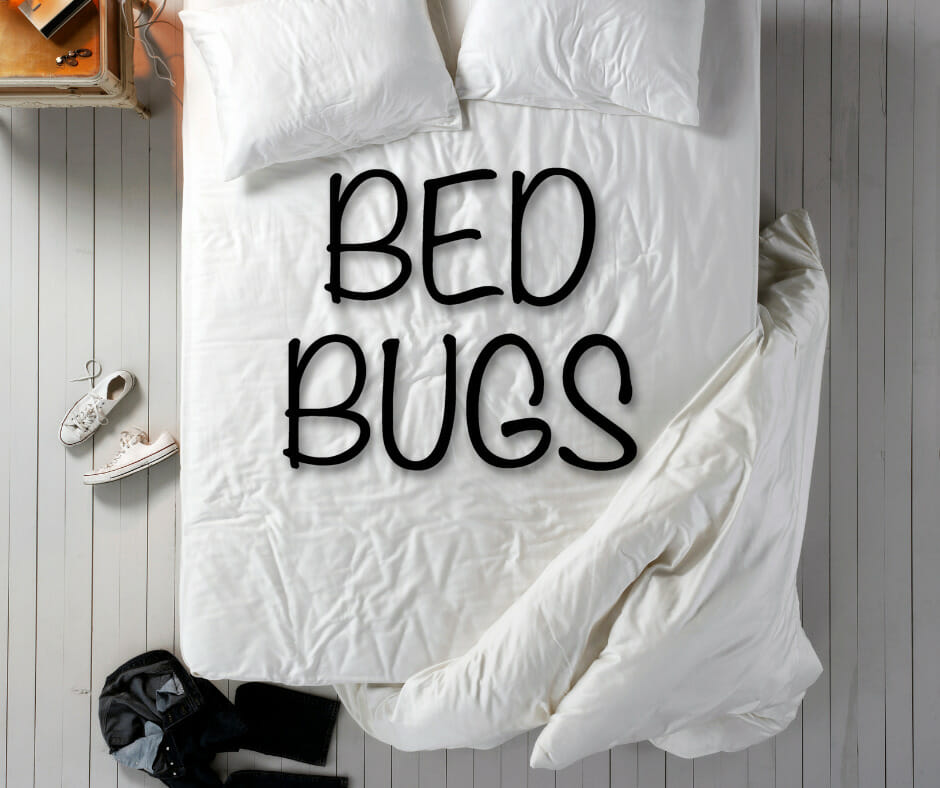
Despite your numerous preventive measures, luck may not always be by your side. Sometimes, you can’t shrug off that fear of a bed bug infestation hanging over your head!
If your home or bedroom continues to be bug-infested, hiring professional exterminators will do the trick. These experts use pesticides and chemicals as part of the pest control process.
Currently, seven chemical classes of pesticides are registered for standard extermination: pyrethrins, pyrethroids, biochemicals, desiccants, neonicotinoids, pyrroles, and insect growth regulators.
- Pyrethrins/ Pyrethroids: Considered as insecticides derived from plants, these chemicals are the most regularly used by pest agents or bug professionals to remove indoor pests, especially bed bugs. Pyrethrins are extracted from chrysanthemum flowers. On the other hand, Pyrethroids are synthetically-made chemical insecticides similar to killing bed bugs like pyrethrins. The two chemicals are very deadly to bed bugs and can easily remove them from their hiding spots, including small crevices and tiny hole openings. Remember, however, that regardless of how effective the treatment may be, the resistance of some strains of bed bugs may make it difficult to terminate the infestation fully.
- Biochemicals: There is only one biochemical pesticide registered to kill bed bugs: cold-pressed Neem oil. Found in Southeast Asia and Africa, the Neem tree seeds are directly pressed and extracted as oil. When used as a pesticide, this chemical not only kills live bed bugs but also targets eggs and nymphs as well.
- Desiccants: This type of pesticide destroys the bed bug by tearing down its waxy protective coat from its outer layer. This mode of action causes the bed bugs to dehydrate and eventually die. As it targets the bed bug’s physical and physiological parts, this is a great method to try if you are worried about the bugs developing any resistance. No matter how resistant they are to other chemicals, any bed bug strain will still be killed due to its long-lasting killing strategy. Examples of Desiccants include Diatomaceous earth and Boric acid.
- Neonicotinoids: This chemical targets the nervous system of a bed bug and slows down its natural receptors. Its physiological target might be great, but some bed bugs still are resistant to this type of treatment.
- Pyrroles: Currently, Chlorfenapyr is the only registered Pyrrole chemical used in terminating bed bug infestations. This formula is a bit complex as it needs to be activated before it can transform into a new chemical that eliminates the bugs. Its mode of action targets specific functions in the bug’s body system until it weakens and dies.
- Insect growth regulators: These chemicals either slow down the growth of bed bugs or cause growth spurts that result in abnormalities.
Each chemical type calls for different bug extermination methods. The general rule is for them to be used alternatively to determine the pests’ resistance.
Key Takeaways
- Bed bugs feed on blood and live off anywhere in your home, especially in your bed where they hide and thrive—it’s a favorite spot!
- Bed bug infestations are common in housing units as they easily hitchhike from one household item to another.
- The type of mattress you use can either help avoid or trigger the spread of bed bugs. An air mattress is the riskiest type of mattress as its empty internal space can be an open ground for bed bugs to spread and multiply.
- The process of terminating bed bugs can also be easy or difficult, or fast or slow, depending on your mattress.
- As a preventive measure against bed bugs, keep your mattress, bed area, and different parts of the home clean at all times.
- Non-chemical processes—vacuum cleaning, high-heat drying, and steaming—help treat infestations. Removing clutter and using a mattress encasement also do the trick.
- If all else fails, hire the services of a professional exterminator! Seek help from highly trained and seasoned experts who use tested and proven pesticides or chemical-based bug and pest control management procedures.